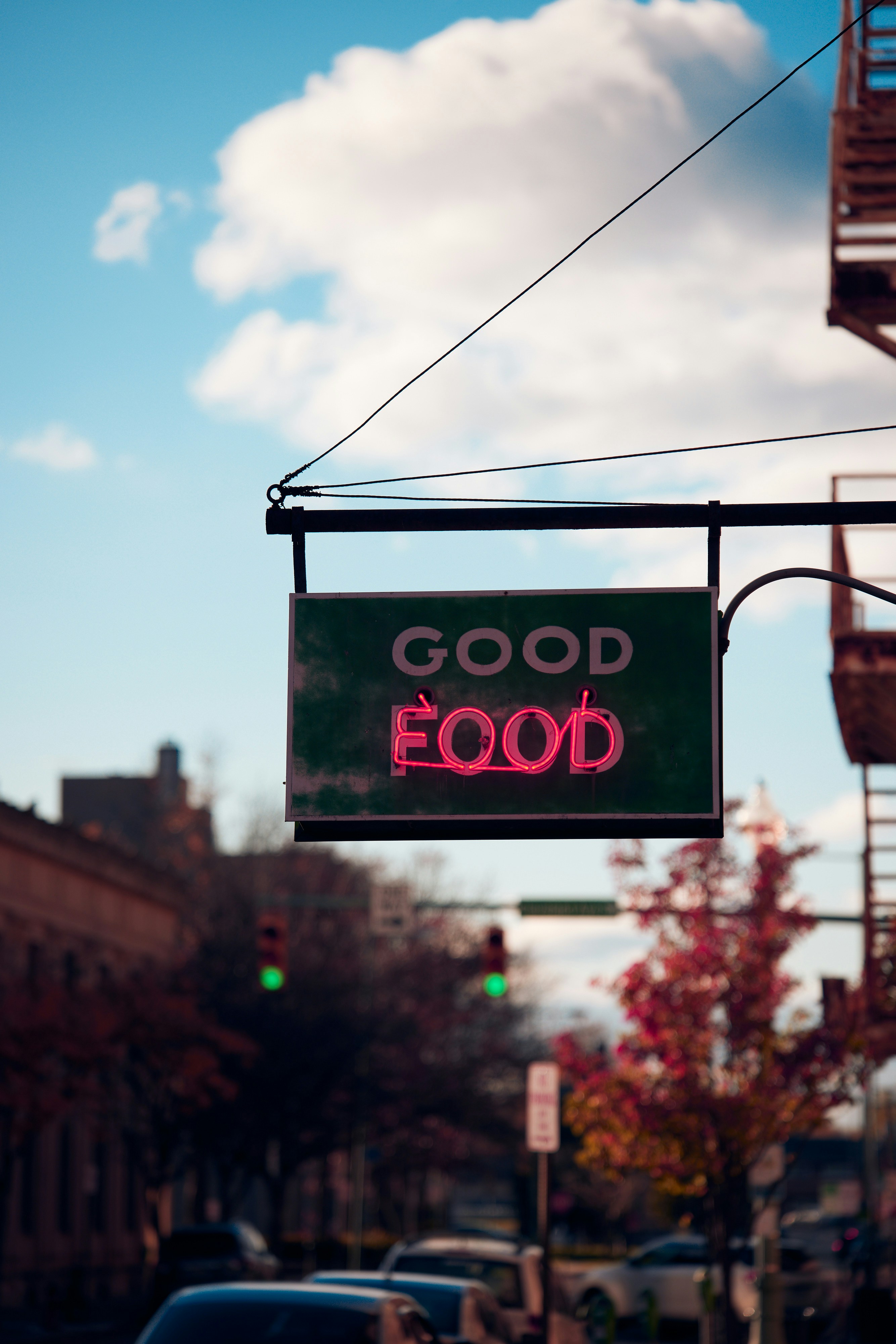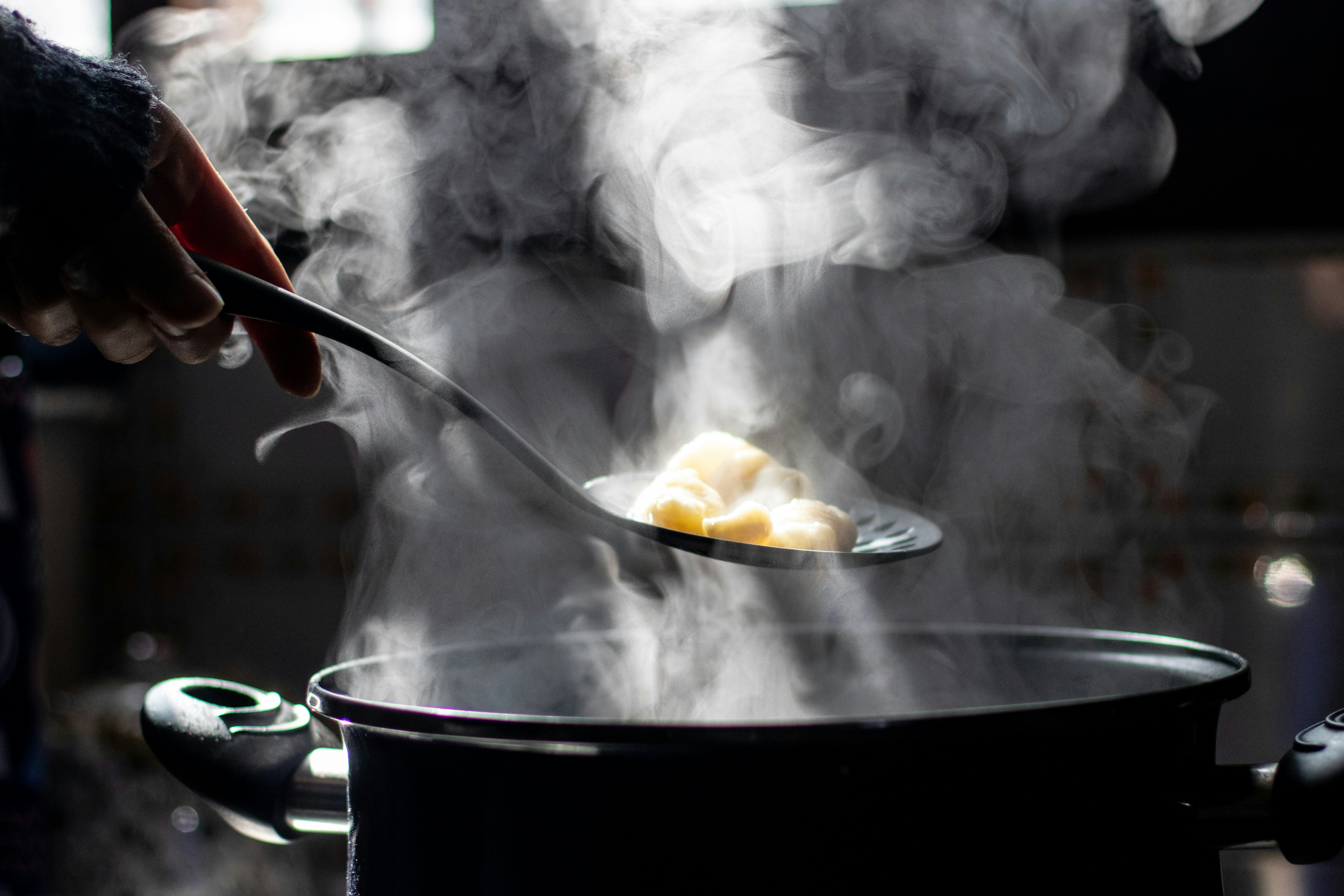Flavorful Time Capsules: Taste the Past with Ancient Preservation Techniques
In a world where culinary innovation often competes with modern convenience, there lies a rich history waiting to be explored—the ancient art of food preservation. You might think of your grandmother's pickles or exotic fermented foods, but preserving seasonal treasures is an art steeped deeper in tradition, culture, and flavor. Flavorful Time Capsules: Preserving Seasonal Treasures with Historical Techniques invites you to dive into the past, discovering age-old practices like fermentation, pickling, and smoking that transform ordinary seasonal ingredients into extraordinary delights. Join us as we navigate through time, unlocking the secrets of historical cooking that will enhance your culinary journey today.
The Importance of Preservation: A Taste of History

For centuries, people have been compelled to preserve food as a means of survival and celebration. Before refrigeration, preserving food was an essential skill for staving off food waste and ensuring sustenance through harsh winters. The techniques like fermentation, pickling, smoking, and drying, developed in various cultures, not only extended the shelf-life of food but infused them with unique flavors that embodied the essence of local ingredients, climates, and even community spirit.
Take, for example, kimchi, a staple in Korean cuisine. Its roots can be traced back to ancient times, where the fermentation process was perfected as a means of preserving vegetables. While modern grocery stores offer an array of options, crafting your own fermented foods can give you a deeper connection to your meal and an unmatched flavor profile that embodies the heart of culinary history.
If you're interested in rediscovering flavors from ancient civilizations and how they shape modern recipes, check out our blog post on culinary chronicles.
Fermentation: The Magic of Microorganisms

Fermentation is an enchanting process that uses bacteria, yeast, or mold to convert sugars into acids or alcohol, thereby altering the taste and preserving food. This method is behind a variety of beloved staples, from yogurt to sourdough. The magic of fermentation lies in its ability to enrich food with beneficial probiotics that support digestive health, creating a nourishing experience that is as beneficial as it is flavorful.
Classic Sauerkraut Recipe

Ingredients: - 1 medium green cabbage - 1 tablespoon sea salt - Optional: caraway seeds, juniper berries, or other spices for flavor
Instructions: 1. Remove the outer leaves from the cabbage and set aside. 2. Shred the cabbage and place it in a large bowl. Sprinkle with sea salt. 3. Massage the salt into the cabbage until it releases its juices—this may take about 5 to 10 minutes. 4. If you want to add spices, mix them in now. 5. Pack the cabbage tightly into a clean jar, pressing down until the juice covers the cabbage completely. 6. Take the reserved cabbage leaves and place them on top to keep the shredded cabbage submerged. 7. Cover the jar loosely with a lid or cheesecloth so gases can escape. 8. Store in a cool, dark place for about one to four weeks, tasting periodically until desired flavor is reached.
Fermentation is not just for sauerkraut; explore various recipes to elevate your meals with homemade kimchi, kefir, or kombucha. By fermenting at home, you're not just preserving food—you're joining an age-old practice that brings historical culture into your kitchen.
Pickling: Flavors in Time

Another remarkable preservation technique is pickling. Originating from Mesopotamia, pickling fruits and vegetables is an age-old endeavor that imparts tanginess, crunchiness, and a vibrant burst of flavor. Pickling can vary significantly based on regional preferences, leading to foods like dill pickles in North America and sweet and spicy pickles in Southeast Asia.
Quick Pickled Vegetables Recipe

Ingredients: - 1 cup water - 1 cup vinegar (white or apple cider) - 1 tablespoon sugar - 1 tablespoon salt - 2 cups of sliced vegetables (carrots, cucumbers, radishes, etc.) - Optional spices (mustard seeds, garlic, peppercorns)
Instructions: 1. In a saucepan, combine water, vinegar, sugar, and salt. Bring to a boil, stirring to dissolve sugar and salt. 2. On the stovetop or while the mix is boiling, pack your sliced vegetables into a clean jar. 3. Add any additional spices you desire. 4. Once the liquid is boiling, pour it over the vegetables in the jar, ensuring the liquid covers them completely. 5. Allow the jar to cool, and then seal it and refrigerate. Let it sit for at least 24 hours before enjoying.
With pickling, the culinary terrain is wide open—experiment with various fruits and vegetables, spices, and vinegars. For further inspiration, visit our post on exploring global flavors.
Smoking: Capturing Aroma and Essence
Smoking is a robust preservation method, once utilized by communities as a way to extend the life of fish and meats. Over time, it has evolved into an art form that imbues food with incomparable flavor through slow, smoky seduction. Different woods like mesquite or hickory contribute unique nuances to various dishes.
Smoked Salmon Recipe
Ingredients: - 1 pound fresh salmon filets - ¼ cup brown sugar - ¼ cup sea salt - Optional spices: crushed pepper, dill
Instructions: 1. Begin by making a dry brine with the sugar, salt, and spices—combine them in a bowl. 2. Sprinkle the mixture evenly over both sides of the salmon, curing it for about 4 hours in the refrigerator. 3. Rinse the brine off and pat the salmon dry. 4. Smoke the salmon using a stovetop smoker or barbecue smoker with wood chips, maintaining a low temperature (around 175°F) for 1-3 hours. 5. Allow the salmon to cool before slicing and serving.
Smoked dishes can become the centerpiece of any seasonal gathering, showcasing an impressive balance of flavor and artistry. Beyond salmon, consider smoking vegetables—zucchini, eggplant, and even apples can bring depth to your plate.
Embracing Cultural Heritage in Food Preservation
By exploring these ancient food preservation techniques, we embrace a broader sense of culture and nourishment as we prepare our meals. The flavors we bring to the table are not merely culinary; they are a testament to our history and identity. Each pickle jar holds the stories of generations, and every fermented bite is infused with time-worn wisdom.
Consider the cultural importance of ingredients—whether it’s spicy kimchi representing Korean resilience or the sweet tang of dill pickles symbolizing summer in the American South. Each mouthful carries a narrative that transcends mere taste.
From Past to Present: Building Flavorful Time Capsules in Your Kitchen
Returning to these techniques does not have to come with a time-consuming process or extensive kitchen gear. Many recipes can be simple, quick, and fit seamlessly into your busy life. Embracing the spirit of exploration, experiment with small batches and share your process with friends.
Stir up conversations about how certain foods remind people of their heritage and traditions—these connections can enrich your cooking experience. You can even explore other creative paths in cooking, like foraging for flavors directly from your environment.
Final Thoughts: Savor the Journey
As you begin preserving your seasonal treasures with historical techniques, you’re not just making food—you’re reviving flavors and stories that connect past generations to the present. Whether you’re embarking on a fermentation journey, crafting quick pickles, or creating smoky delights, these age-old methods will undoubtedly add depth and excitement to your culinary repertoire.
Try starting your next cooking adventure with a simple batch of sauerkraut or a jar of pickles; you may find yourself transported through time, tasting history in every bite. From your table to others, these flavorful time capsules weave a narrative that celebrates the past while igniting future culinary passions. Let the journey begin!


